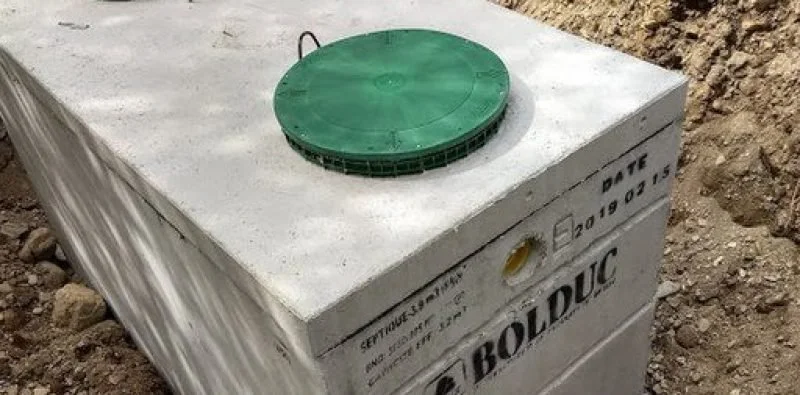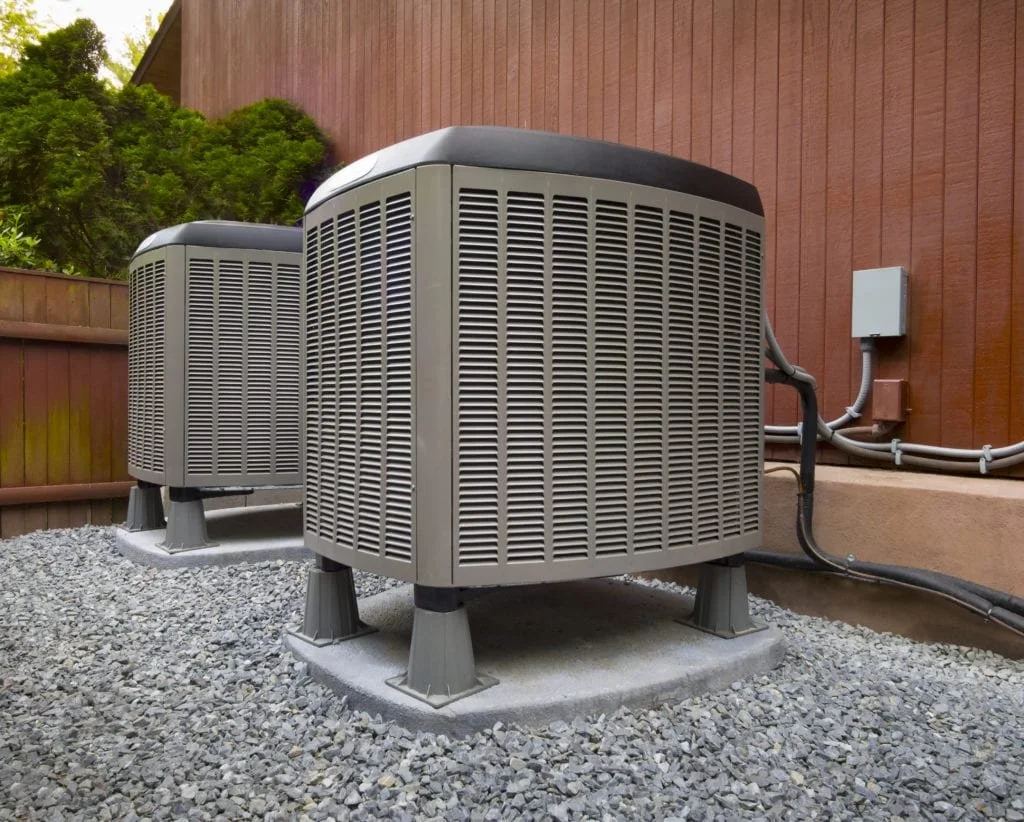5 Home Plumbing Myths that Cost you Money
RH Business Marketing Solutions
Most homeowners pay no attention to the plumbing and maintenance of their homes. Having a proper plumbing system is essential for the safe delivery of water. It is essential to check your plumbing system once a month to avoid any incidents in the future.
Paying attention to your plumbing will save you time and money. It can be a troublesome task, but you will get a proper water supply if done right. Hiring a professional company that provides plumbing services will help locate any blockage and remove it.
You need water to drink, to wash clothes and for many other reasons. So you can’t ignore the importance of a sound plumbing system in your home. People blindly follow the home plumbing myths that will cost them money.
For well efficient water and drainage system, let’s have a look at some of the common plumbing myths that can cost you money.
1. Applying Bleach
Most people use bleach, to clean up dirt, particles and dust from their toilets. If you also have a habit of using bleach while cleaning the toilet then make sure to wash your toilet within 10 minutes of applying bleach. Bleach if left longer will eventually damage the working parts of your toilets.
The damage from bleach can go far and corrode your toilet. To control the damage you have to call a plumbing service which is costly. To save money, you have to be careful while using bleach on your toilet or anywhere else.
2. Flushable Wipes
The largest cause of plumbing issues is pipe blockages in many countries. Many things such as flushable wipes, and baby wipes can cause this drainage. Before flushing anything, check out the details to know about the extent of dissolution. Don’t flush anything hard it will clog your pipelines.
People often make the mistake of flushing the wipes, feminine hygiene products, paper towels, paper etc. because they all look like flushable products. Always use a dustbin to get rid of such items to avoid any plumbing issues and save money.
3. Pouring Plenty of Water
Pouring plenty of water will not keep your plumbing good. As there are other reasons that can cause drainage issues in your plumbing system. Using plenty of water alone is not a good option because it will cause no issues unless it overflows.
The main problem is the solid particles such as soap, hairs, plastic etc. that can cause serious damage to your plumbing. To deal with blockage issues you can always take help from the Hastings plumbers as they provide the best plumbing solutions.
4. Cleaning with Hands
Another common myth about cleaning is that it can be done by hand. Hand cleaning can damage the material or surfaces which can cause major plumbing issues. Always use chemicals because they work effectively and are designed to protect the equipment and facilities.
Using soap will do nothing and may clog a pipeline and interrupt your house water supply. Similarly, shampoos and conditioners show you the same result and cause blockage. You need proper maintenance products and tools. You can also hire a professional plumbing company to do it for you.
5. Maintenance is not Necessary
One of the most common myths about plumbing that will cost you a lot of money is that maintenance is not necessary. Many people think that once a plumbing system is installed then there is no need to spend money on inspection or maintenance.
Poor plumbing can cause serious damage to your house. It can cause leakage of water through roofs and put cracks in the paint. Routine inspection and necessary precautions can save your home plumbing for many years.
How to Avoid Plumbing Issues to Save Money
Plumbing myths are common and they cost a lot of money to people. It is best to get help from an experienced plumber to better understand your home's plumbing system. To help you, here are some plumbing issues that you can avoid to save your money and time.
1. Proper Cleaning of Pipes
Give your pipes the proper cleaning once a month to avoid any plumbing issues. Hair, soap, grease and other material can build up in drains over time. Buy a good drain cleaner from the market to clean away the grime and grit inside your facility. Always make sure to buy a good drain cleaner that uses safe bacteria to clean dirt. A little baking soda also helps in cleaning the drain.
2. Fix Problems in Time
There is no backup if your sewage line is clogged or damaged. Pay attention to even minor changes because it is cheaper and easier to fix the underlying reason for the clogging than to deal with it in the future. To get an efficient plumbing system at your home it is important to do an inspection of sewer lines once in a while. Tree branches, dirt, rats and other things can damage the lines which in turn affect the supply of water at your home.
3. Don’t Throw Things down your Toilet
Never throw anything down your toilet. Things like soap, wipes, dental floss, plastic, cotton balls, and hairs can cause blockage and severe damage to the toilet and inside pipes. Use a trash can in your toilet to get rid of waste. Burdening the sewer lines with unnecessary things can build a large blockage in the pipes. This blockage will cost you a lot of money and time to clean.
Conclusion
Plumbing is an important part of the house because it ensures the continuous availability of water. It is best to have an inspection after every 3 months to locate any issue or blockage. Try to consult a professional plumbing service and stay away from home plumbing myths to save your time and money.
Guest Contributor: Laiba Azhar














